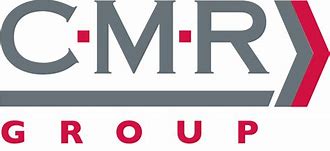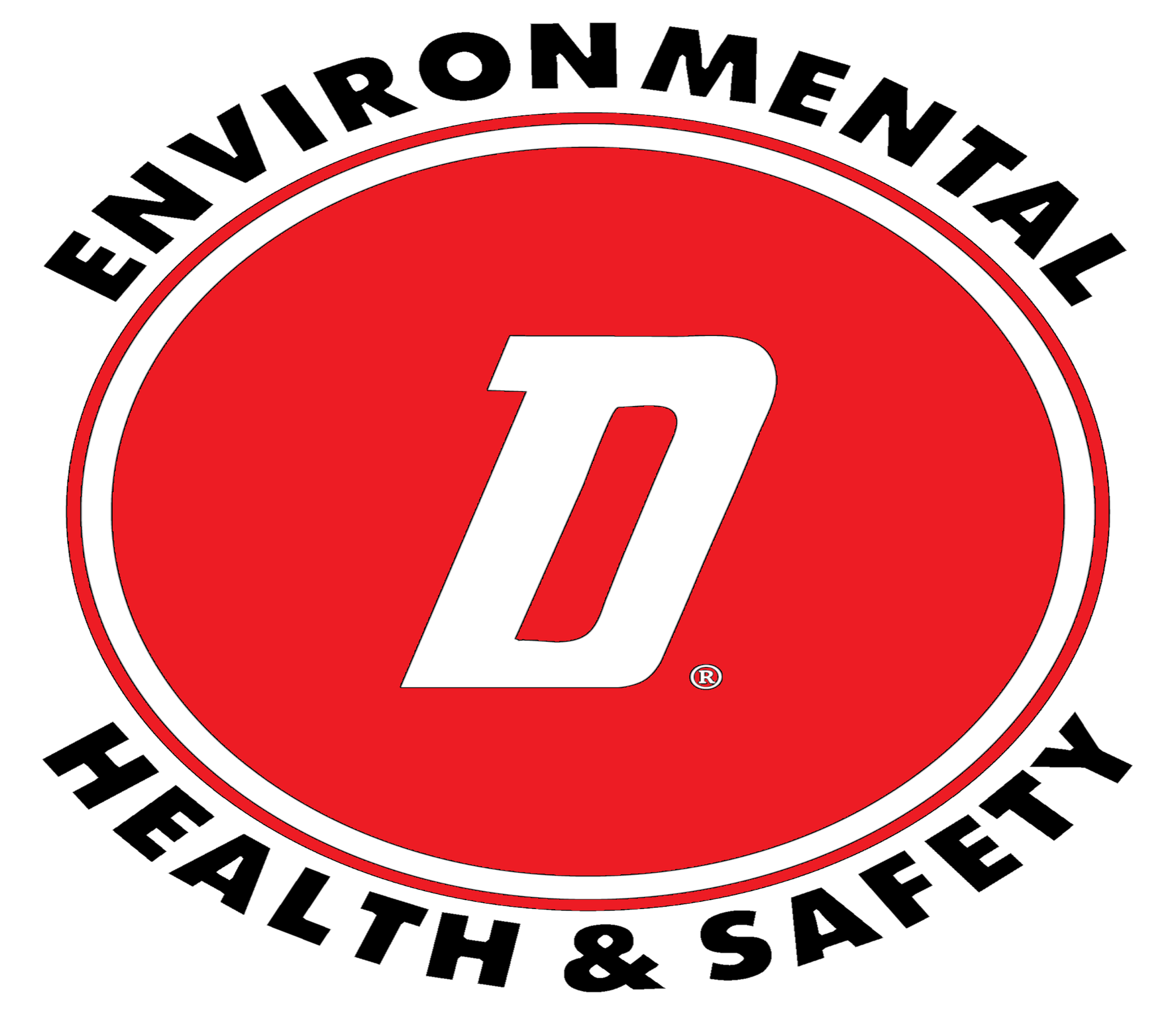Title Page
-
Business Unit:
-
Site:
-
Conducted on:
-
Report by:
-
Last Visit:
-
On Site Contact(s):
-
Scope of Visit:
-
Visit Objectives:
-
Opening Meeting Attendees:
-
Design version created by Mike Brook _Feb 23
Paper Receipt
1) Paper Receipt
-
1.1) Is there a process for checking the condition of incoming reels?
-
1.2) Are moisture checks taking place?
-
1.3) Is the condition of the cores checked on arrival?
-
1.4) Are there any other condition checks in place on arrival?
-
1.5) Is there a robust claims mechanism in place and can the relevant person tell you how much has been claimed & received year to date?
Reel Store
2) Reel Store
-
2.1) Is the general condition of the reel store suitable (no leaks, good lighting, solid floor)?
-
2.2) Is there a clear and safe reel store layout with alpha numeric aisle identification?
-
2.3) Is there a dedicated, marked out quarantine area?
-
2.4) Is the reel store clear of excessive part reels (more than 2 per type)?
-
2.5) Is the reel store free from any butt reels?
-
2.6) Are the reels free from any excessive evidence of clamp damage?
-
2.7) Is there a clear FIFO system in place?
Corrugator
3) Corrugator
-
3.1) Peeled waste – are the minimum number (2 for new reels, 1 for part reels) of layers being removed consistently?
-
3.2) Peeled waste – are the correct stripping tools being used?
-
3.3) Is there evidence of part reels in the queue to go back on the reel stands?
-
3.4) Is there a butt reel policy in place and is it being used? (If you ask an operative, can they describe the butt reel procedure to you and do they know the minimum diameter to ensure a reel can go back on the reel stand)?
-
3.5) Is the minimum amount being left on the reel cores (in line with the technology on the machine to manage this)?
-
3.6) Are the inner cores free from damage (reel stand core chuck alignment)?
-
3.7) Are minimum waste practices being used on stop/start up and splice up & cut out?
-
3.8) Is Bridge Waste being captured & measured?
-
3.9) Is Rotary shear waste captured & measured?
-
3.10) Are there separate paper waste containers on the machine and are they being used properly?
-
3.11) Is quality checked & captured at the dry end?
Conversion
4) Conversion
-
4.1) Is corrugator quality waste prevented from coming through to conversion?
-
4.2) Is set up and in process waste captured and measured?
-
4.3) Is the casemaker glue tab 25 mm or less?
-
4.4) Is die cut side trim 10 mm or less both sides?
-
4.5) Is tooling of sufficient quality to avoid unnecessary waste?
Finished Goods
5) Finished Goods
-
5.1) Is there a process for capturing & measuring obsolete stock?
-
5.2) Is there a process for capturing & measuring customer returns scrap?
-
5.3) Is there a process for capturing & measuring damaged goods in the FG warehouse?
-
5.4) Is there a process for capturing & measuring Over Production?
-
5.5) Is there a process for sending away scrap product and/or bales?
-
5.6) Does baled weight get checked by the site every so often to ensure accuracy of invoice?
Structure & Organisation
6) Structure & Organisation
-
6.1) Is there a dedicated structure and/or team to manage the waste projects?
-
6.2) Is there an annual waste reduction plan with clear goals & targets?
-
6.3) Is there evidence of best practice waste SOP’s?
-
6.4) Is there evidence of waste boards and/or communication methods throughout the site?
-
6.5) Is there a robust and audited waste measurement system on site?
-
6.6) Are all of the main waste streams currently captured and captured consistently)? If not, what are the reasons for this?
-
6.7) Are the machines in sufficient technical & maintained condition to avoid producing waste (is there a robust maintenance system)?
Reference Documents
- Reference/Guidance Type
-
Guidance doc. type or description (attach media)
Summary/Comments
Summary/Comments
-
Summary:
-
Closing Meeting Attendees:













